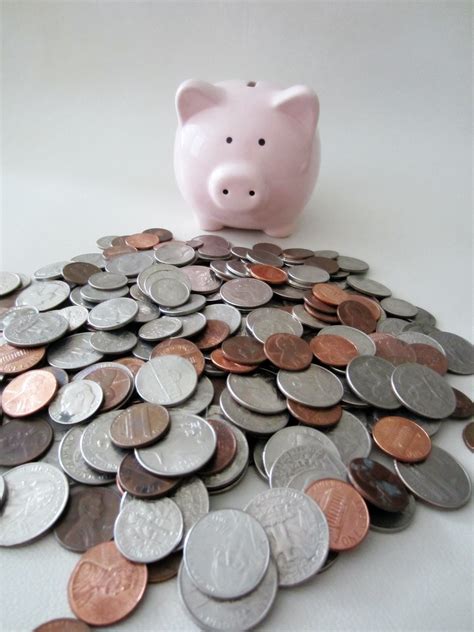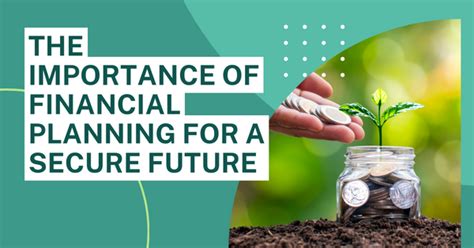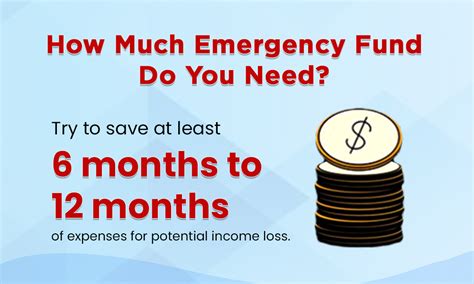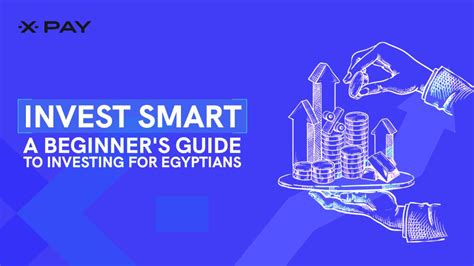Life is unpredictable. A sudden job loss, an unexpected medical emergency, or a major home repair can quickly derail even the most carefully crafted budget. This is where an emergency fund comes in – a dedicated savings account designed to cover essential expenses during financial crises. But how much is enough? While the commonly cited guideline suggests 3 to 6 months of living expenses, the optimal amount for you is a deeply personal calculation.
Understanding the Traditional Rule of Thumb
For decades, financial advisors have recommended having 3 to 6 months’ worth of essential living expenses tucked away in an easily accessible, liquid account. This benchmark provides a solid buffer against common unforeseen events:
- 3 Months: Often considered a minimum, suitable for individuals with stable jobs, a second income source, or minimal financial dependents. It can cover shorter periods of unemployment or smaller unexpected costs.
- 6 Months: A more robust safety net, particularly for those with less job security, self-employment, or significant family responsibilities. It allows for a longer period to find new employment or recover from a major life event without going into debt.

Factors Influencing Your Ideal Emergency Fund Size
While the 3-6 month rule is a good starting point, several personal circumstances should guide your decision:
Job Security and Industry Stability
If you work in a highly stable industry with high demand for your skills, you might lean towards the lower end of the spectrum. Conversely, if your job is susceptible to layoffs, seasonal changes, or economic downturns, a larger fund (6+ months) is prudent.
Household Composition and Dependents
A single individual with no dependents might manage with less than a family supporting children or elderly parents. More dependents mean higher monthly expenses and greater financial responsibility, warranting a larger safety net.
Health and Medical History
Individuals with chronic health conditions or a family history of medical issues might consider a larger fund to cover potential out-of-pocket medical costs, even with good insurance.
Income Stability and Source
Salaried employees with consistent paychecks generally have more predictable income. Freelancers, commission-based earners, or small business owners experience more income fluctuations and should aim for a larger fund to smooth over lean periods.

Debt Load
While an emergency fund should be separate from debt repayment, having significant high-interest debt (like credit card debt) can complicate matters. A robust emergency fund can prevent you from accumulating more debt during a crisis.
Access to Credit
While not a substitute for cash, access to a low-interest line of credit or a credit card with a high limit could be a secondary backup, but relying on it is risky and should be a last resort. Your emergency fund should be your primary defense.
Personal Risk Tolerance
Some people sleep better knowing they have a substantial cushion, while others are comfortable with a leaner fund. Understand your own anxiety levels about financial uncertainty.

Calculating Your Monthly Expenses
Before you can save, you need to know how much to save. This isn’t just about your rent/mortgage and utility bills. Compile a list of all your essential monthly expenses:
- Housing (rent/mortgage, property taxes, insurance)
- Utilities (electricity, gas, water, internet)
- Food (groceries, not dining out extensively)
- Transportation (car payments, fuel, public transport, insurance, maintenance)
- Healthcare (insurance premiums, co-pays, prescriptions)
- Minimum debt payments (credit cards, student loans, personal loans)
- Basic toiletries and household supplies
- Essential communication (phone bill)
Review your bank statements and credit card bills for the last few months to get an accurate picture. Exclude discretionary spending like lavish entertainment, vacations, or designer clothes. The goal is to cover your survival expenses, not your typical lifestyle.

Strategies for Building Your Emergency Fund
- Set a Goal: Once you’ve calculated your ideal number of months, break it down into smaller, achievable targets.
- Automate Savings: Set up automatic transfers from your checking to your emergency savings account each payday. Treat it like a non-negotiable bill.
- Cut Discretionary Spending: Temporarily reduce non-essential expenses to free up more money for your fund.
- Boost Income: Consider a side hustle, sell unused items, or pick up extra shifts to accelerate your savings.
- Keep it Separate and Accessible: Store your fund in a high-yield savings account that is separate from your everyday checking account, but still easily accessible without penalties.
Maintaining and Replenishing Your Fund
An emergency fund isn’t a “set it and forget it” asset. If you have to tap into it, make replenishing it a top priority. Regularly review your expenses and life circumstances to ensure your fund remains adequate. As your income, expenses, or family situation changes, your ideal emergency fund size might also need adjustment.

Conclusion
There’s no one-size-fits-all answer to how many months of expenses you should have in your emergency fund. While 3 to 6 months is a widely accepted benchmark, your personal circumstances – job security, health, dependents, income stability, and risk tolerance – should ultimately dictate your target. The most important step is to start building it, even if it’s just a small amount at first. Having an emergency fund provides invaluable peace of mind, transforming potential financial disasters into manageable setbacks.




